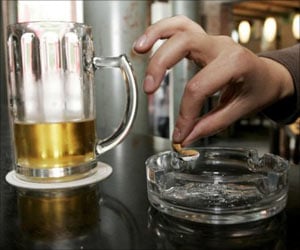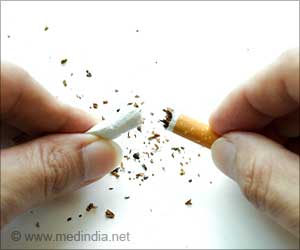Police-escorted social workers were greeted by sporadic gunfire as they drove into northern Rio's Jacarezinho shantytown.

Under a bridge, a group of Jacarezinho addicts fled, hurling stones at the approaching psychologists and social workers, escorted by gun-toting policemen.
Across the street, two of the social workers awoke a 10-year-old boy sleeping on the sidewalk and bundled him into a waiting van that took him to a municipal shelter.
"Leave me alone. You are hurting me," the boy screamed.
"When they wake up, they experience physical withdrawal symptoms and are often aggressive. You must give them water as well as sweet and salty foods to pep them up," said team leader Claudio Reis.
"It's useless. They have a cup of coffee, take a bath and come back," said one bystander as he watched the scene in this trash-strewn neighborhood, where rickety shacks have been erected under an elevated metro line.
Advertisement
In less than an hour, the convoy of municipal and police vehicles picked up 51 addicts, including five minors. Their shacks were torn down and their belongings dumped in a garbage truck.
Advertisement
Among those picked up was 41-year-old addict Maria Rosalia, barefoot and wearing a short and dirty T-shirt.
"I only feel good with crack....It is my husband's fault. He stabbed me. I ran away and ended up in the street. I began smoking crack," the mother of five explained. "I hope to see my children again one day."
As the vans departed, one resident fumed: "Look at this. They are driving them (the addicts) around like tourists. They should be dropped on an island and made to work."
The 61-year-old woman said that three months ago, some 30 addicts lived under the bridge overlooking the slum's polluted canal.
"They had sex in broad daylight and were often aggressive," she told AFP. "They left as city officials began their clearing operations but they just moved to a nearby favela (shantytown).
Drug abuse social workers need to be accompanied by police during their operations in shantytowns like Jacarezinho", psychologist Reis explained.
"But all we can do is talk them into going to shelters," he added, stressing that adults, but not minors, can refuse to go.
"In the shelters, we question them to assess the extent of their addiction and the treatment they will receive," Reis added.
"We work seven days a week. Of the 30 addicts that lived under the bridge, five stayed in the shelter (where they were taken to) and got jobs" while the others returned to the streets, he said.
Last December, Health Minister Alexandre Padilha warned that the country was facing "a crack epidemic" and the government responded with a $2.2 billion plan focusing on prevention, care and repression.
The UNIFESP study said Brazil, where rising prosperity has expanded the middle class, trails only the United States in terms of total use of cocaine and derivatives, with 20 percent of global consumption.
Brazil, the world's sixth largest economy, has 2.8 million consumers, compared with 4.1 million for the United States.
Source-AFP










